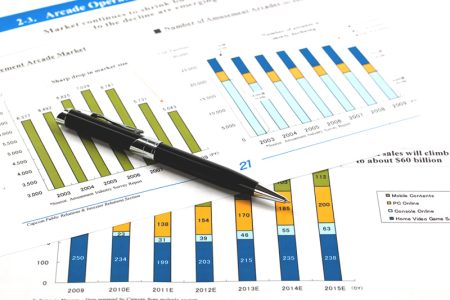Faris Hadad-Zervos, the World Bank’s country director, announced a $150 million aid package today to support Sri Lanka’s financial stability as the country grapples with a severe economic crisis. The crisis was triggered by a sharp devaluation of the rupee, which fell by nearly 50% last year following the government’s default on its $46 billion foreign debt. This economic downfall resulted in acute shortages of food, fuel, and medicine, sparking violent protests that led to the resignation and departure of then-president Gotabaya Rajapaksa.
The World Bank funds are designated for a deposit insurance scheme designed to protect small savers possessing less than 1.1 million rupees ($3,400), comprising 90% of deposits. This move comes as an effort to bolster confidence among savers and stabilize the nation’s financial system.
Despite an anticipated economic contraction in 2023, there are signs of recovery in Sri Lanka’s economy. The inflation rate has fallen below two percent after peaking at nearly 70% during the height of the crisis over a year ago.
Earlier this year, Sri Lanka secured a $2.9 billion bailout from the International Monetary Fund (IMF) over a period of 48 months. However, the disbursement of a $330 million installment has been delayed since September due to unresolved issues related to foreign debt restructuring. This delay underscores the ongoing challenges Sri Lanka faces in managing its foreign debt obligations and working towards economic recovery.
This article was generated with the support of AI and reviewed by an editor. For more information see our T&C.
Read the full article here




